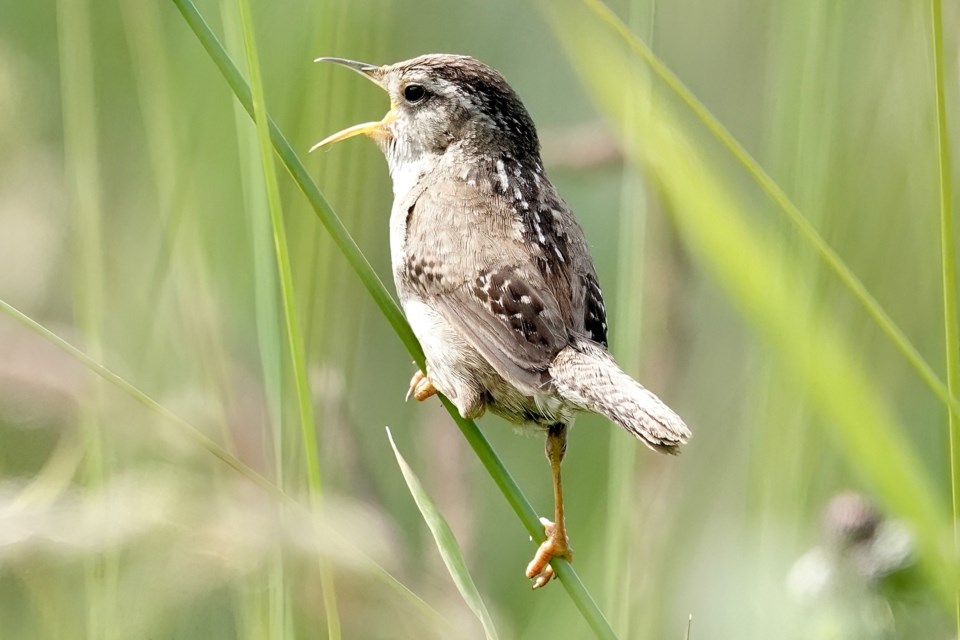This time of year is the best season for listening to birdsong.
Pick a patch in your favourite forest park, or an open grassland, or even better a water’s edge with cattails and you’ll be rewarded with the rich experience of multiple male birds singing to defend their territories.
Improvements in signal processing, and the use of crowd sourcing, have meant bird researchers, notably the Cornell Laboratory of Ornithology, have been able to produce outstandingly good apps like “Merlin” and “iBird”.
These apps help amateur bird watchers and ornithologists know what they are listening to. They are immensely helpful with identification of species and work even if multiple birds are calling at once. Using “Merlin” for example, one is able to hold the phone steady at a spot where the phone’s built-in microphone can hear the song sequence, wait for a period of seconds until recognition occurs, and then get a read-out, and a photo, of the bird (or birds) that are singing. This is really advantageous in our local forests, where most of the time the birds are extremely difficult to see. There is no need for a special additional microphone.
When travelling, I suggest that you load into your phone a “pack” for the area you are visiting. You will then be able to use the app offline, clearly a big advantage when away from home. On a recent trip to Europe, with very little knowledge of birdsong there, I was able to listen to, and get the names of, multiple singers. One of my big thrills was to hear Nightingales calling along a forested water’s edge, in the Main River valley in central Germany.
You have until about the third week of July to listen to territorial songs, after which most songbirds are ‘finished’ for the season.
Editor’s note: Nature Notes is a monthly column produced by the Delta Naturalists Society and their community partners.




